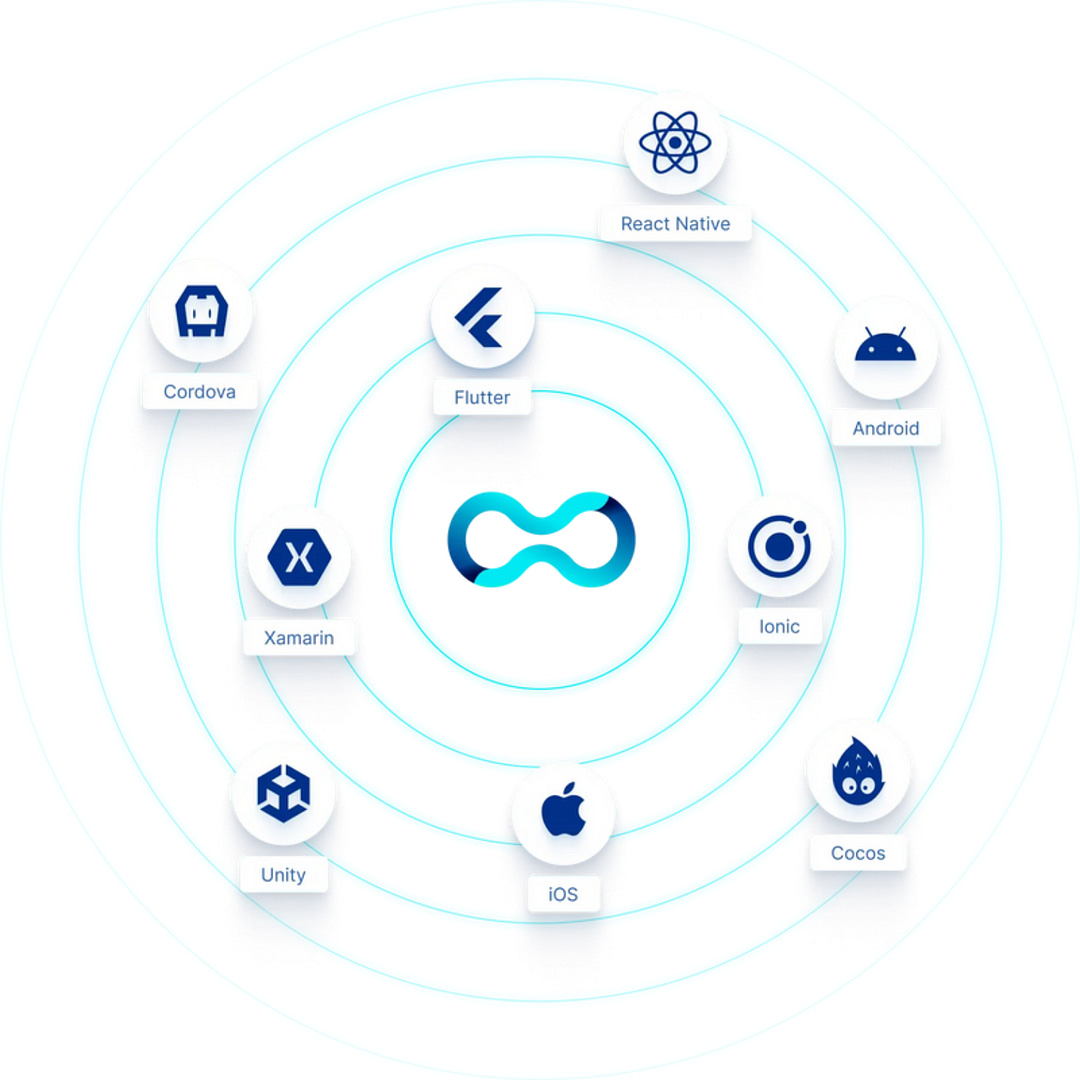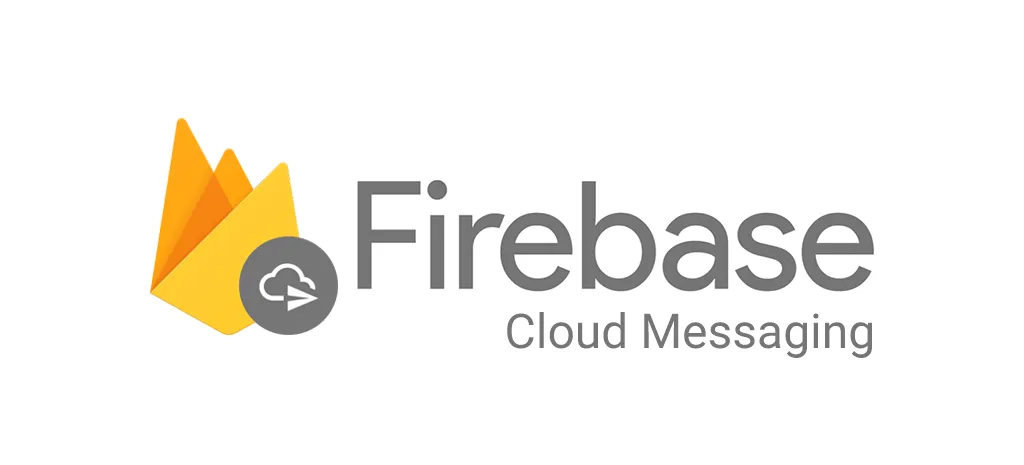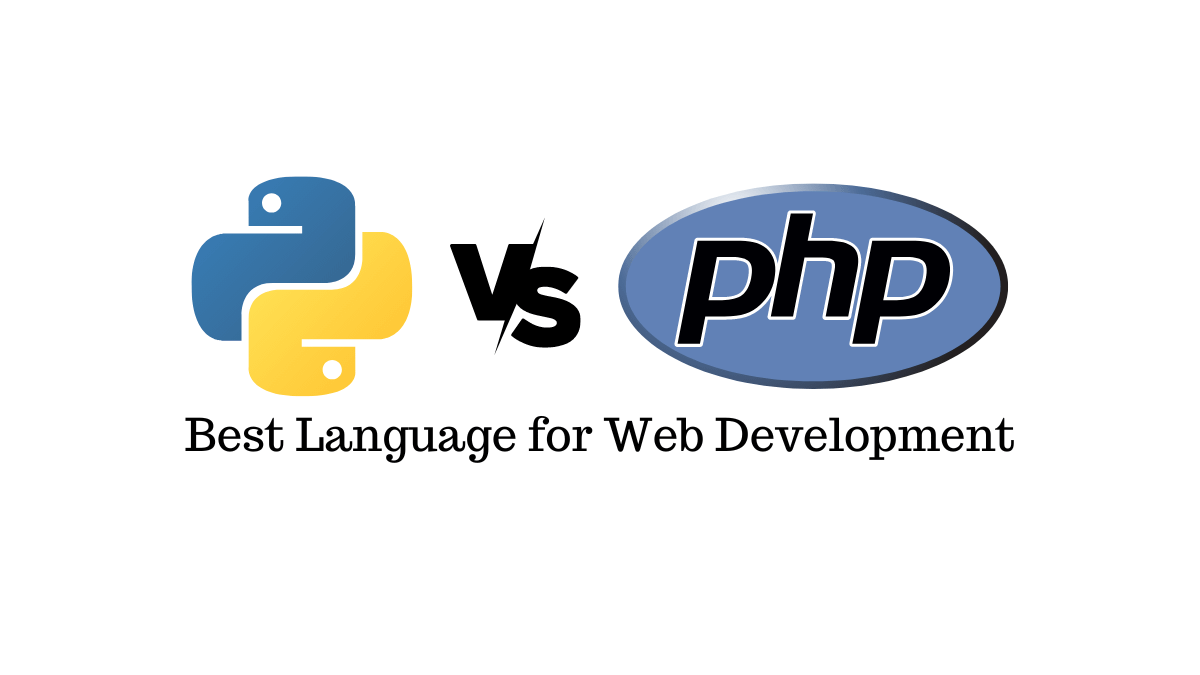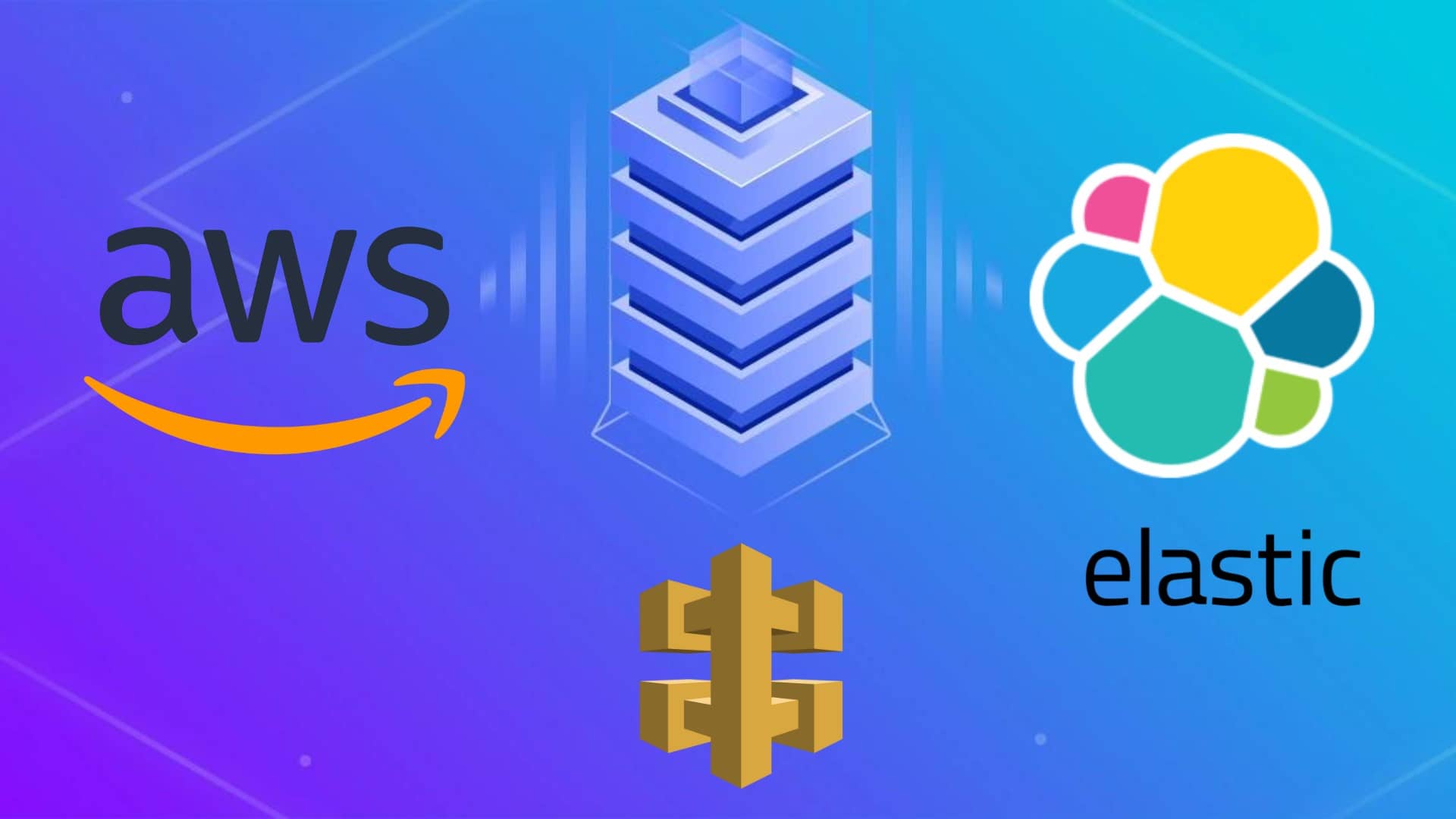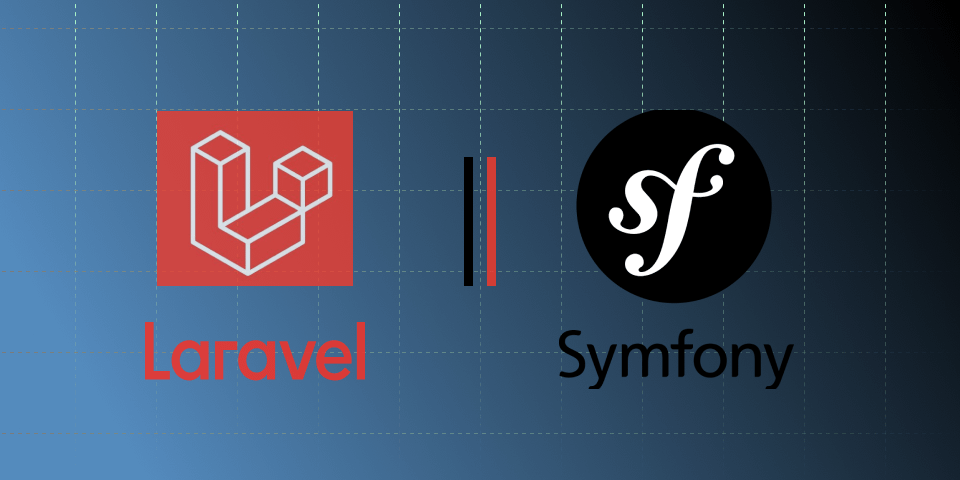
Blog Articles
Laravel vs Symfony: Navigating the PHP Frameworks
Table of Contents
The world of PHP web development is rife with choices, and among the standout options are Laravel and Symfony. As two heavyweight contenders, they each bring their own set of strengths, specialties, and nuances to the table. In this exploration of Laravel vs Symfony, we’ll dissect the similarities, differences, and unique features of Laravel and Symfony, shedding light on the considerations that can guide developers in making the right choice for their projects.
Introduction
PHP developers often face the crucial decision of selecting a framework that aligns smoothly with their development philosophy and project prerequisites. Within this dynamic landscape, Laravel and Symfony emerge as pivotal players, each commanding influence and boasting dedicated communities.
Laravel framework: Introduced in 2011, Laravel swiftly ascended to eminence, distinguished by its graceful syntax, developer friendly attributes, and a steadfast focus on accelerating application development. Tailored for those prioritizing ease without compromising functionality, Laravel has become synonymous with rapid and efficient web development.
Symfony, originating in 2005, is admired for adaptability, modularity, and suitability for enterprise-level applications. It attracts developers seeking control and scalability, establishing itself as a reliable framework. This comparison explores shared attributes, nuances, unique expertise, and developer friendliness in both frameworks.
Laravel vs Symfony: Similarities
PHP Foundations:
Laravel and Symfony, as PHP frameworks, capitalize on the robust power and versatility built in PHP. Both serve as dedicated frameworks, utilizing the language to create dynamic and efficient solutions for web application development. This shared foundation in PHP highlights their commitment to harnessing the language’s capabilities to build robust and scalable web applications.
MVC Architecture:
Both Laravel and Symfony adhere to the Model View Controller (MVC) pattern, prioritizing the segregation of concerns. This commitment highlights a fundamental principle: the separation of different aspects of the application. By adhering to MVC, both frameworks excel in organizing code and improving maintainability.
This approach aligns model, view, and controller components, forming a structured foundation for web development.
Composer Dependency Manager:
Both Laravel and Symfony use Composer for managing dependencies, streamlining third party library integration, and improving workflow efficiency. Composer collaboration boosts efficiency by making easy resource management, benefiting developers in Laravel and Symfony with organized workflows.
Active Communities:
Laravel and Symfony both boast lively communities, offering a lot of resources, tutorials, and solutions to address common challenges. Active ecosystems empower devs with collective knowledge, encouraging support and collaboration during framework exploration.
Laravel vs Symfony: Unraveling the Differences
Architecture and Flexibility:
Symfony: Symfony’s exceptional flexibility and modularity make it the top choice for complex enterprise applications. Its robust architecture and adaptability cater to the complexities built in larger scale development projects.
Laravel: Laravel prioritizes convention over configuration, offering an integrated stack that accelerates development. It focus on conventions simplifies development for straightforward projects, ideal for swift execution.
ORM and Database:
Symfony: Symfony harnesses the formidable Doctrine ORM, elevating its capability to handle complex data structures and relationships. This powerful integration enhances Symfony’s proficiency, particularly in managing complex database interactions within the framework’s architecture.
Laravel: Laravel employs the user friendly Eloquent ORM, providing a smooth and straight forward experience. Eloquent’s intuitive design enhances Laravel’s appeal by making easy database interactions, making it an accessible choice for developers seeking ease of use in their projects.
Templating Engines:
Symfony: Symfony employs Twig, a templating engine acclaimed for its clean and readable syntax. This choice enhances Symfony’s presentation layer, offering developers an elegant and efficient way to create visually appealing and well structured templates for their applications.
Laravel: Laravel utilizes Blade, a templating engine crafted for ease and user friendliness, featuring a PHP centric syntax. Blade streamlines the templating process, allowing developers to create dynamic views with ease, making it an accessible and efficient tool within the Laravel framework.
Learning Curve:
Symfony:Symfony presents a steeper learning curve attributed to its flexibility and the diversity of its components. Though challenging for starters, Laravel offers a customizable, powerful framework suitable for complex projects, rewarding developers in the long run.
Laravel: Laravel is renowned for its lower learning curve, attributed to its developer friendly features and well crafted documentation. This accessibility facilitates a smoother onboarding process for developers, making Laravel an attractive choice for those seeking a straightforward framework for web development.
Laravel vs Symfony: Specialties
Symfony
Enterprise Applications:Tailored for large scale enterprise applications, Symfony excels in environments where scalability, flexibility, and maintainability are paramount. Its robust architecture and modular design make it an ideal choice for organizations with complex and evolving technological needs.
Modularity: Symfony promotes modularity and code reuse through the utilization of its components. This modular approach empowers developers to selectively choose and integrate specific functionalities, fostering a flexible and efficient development process while encouraging the reuse of well designed, standalone components.
Laravel
Rapid Development: Laravel is celebrated for rapid development, distinguished by its elegant syntax and developer friendly features. This makes it an excellent choice for projects with tight deadlines, providing a streamlined and efficient development experience for teams moving through time sensitive requirements.
Integrated Tools: Laravel distinguishes itself by offering integrated tools, including the versatile Artisan for command line tasks. This unified set of tools simplifies common development tasks, increasing productivity and providing developers with a smooth and efficient environment for managing various aspects of their projects.
Laravel vs Symfony: Development Friendliness
Symfony
Flexibility for Experts: Symfony provides flexibility for experts, granting them fine grained control over the development process. This advanced level of control caters to the needs and preferences of experienced developers seeking to tailor solutions to specific and complex requirements.
Complexity for Novices: Symfony introduces complexity for novices, and the built in flexibility might present a challenge for those new to the framework. However, this complexity pays off for starters as they gain proficiency, ultimately enabling the creation of highly tailored and customized solutions in their development projects.
Laravel
Ease for Beginners: Laravel offers ease for starters, serving as an approachable framework with a lower learning curve. This user friendly characteristic makes it an ideal choice for developers who are new to web development, facilitating a smoother onboarding experience as they embark on their learning journey.
Trade off for Experts: Laravel’s ease, which accelerates development for starters, comes with a trade off for experts. Experienced developers might find it less flexible, especially when dealing with unconventional project structures that demand a higher degree of customization and fine grained control.
Conclusion
In moving through the dynamic landscape of PHP frameworks, the choice between Laravel and Symfony presents a nuanced decision influenced by project complexity, development team expertise, and individual preferences. The “Laravel vs Symfony” debate epitomizes this choice, where Symfony beckons those navigating the complex terrain of enterprise level applications, offering unparalleled flexibility. Conversely, Laravel stands as the go to choice for swift development in projects marked by uncomplicated requirements.
As these frameworks continue evolving, understanding the “Laravel vs Symfony” dynamics becomes crucial in steering your web development journey. Symfony, championing flexibility, excels in addressing the complex needs of large scale applications. Meanwhile, Laravel, known for its ease, proves efficient in projects requiring rapid development.
The key lies in aligning the chosen framework, whether it be Laravel’s streamlined ease or Symfony’s robust modularity, with the unique demands of your project and the skill set of your development team. The ongoing “Laravel vs Symfony” discourse highlights the importance of staying informed about their similarities and differences, ensuring that your framework selection becomes a strategic foundation for successful web development endeavors.

Get a Fast Estimate on Your Software Development Project
We are committed to delivering high-quality IT solutions tailored to meet the unique needs of our clients. As part of our commitment to transparency and excellence, we provide detailed project estimations to help our clients understand the scope, timeline, and budget associated with their IT initiatives.
Related Posts

